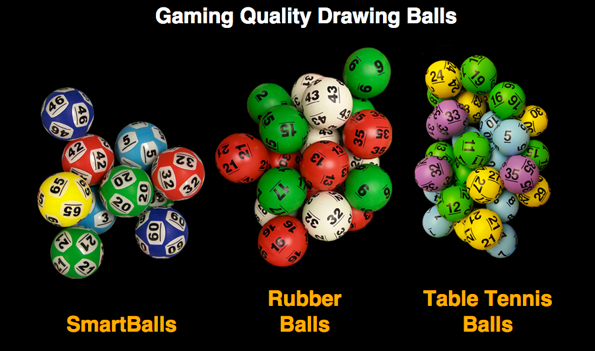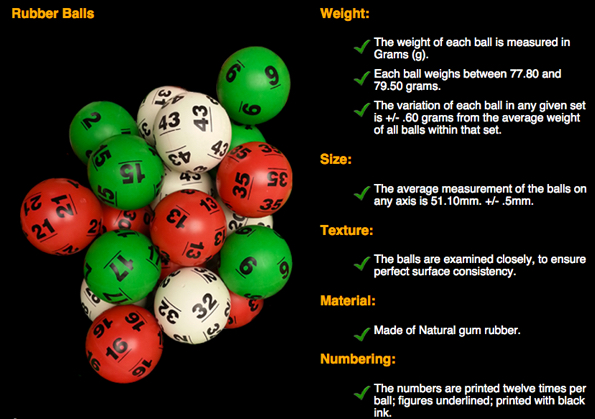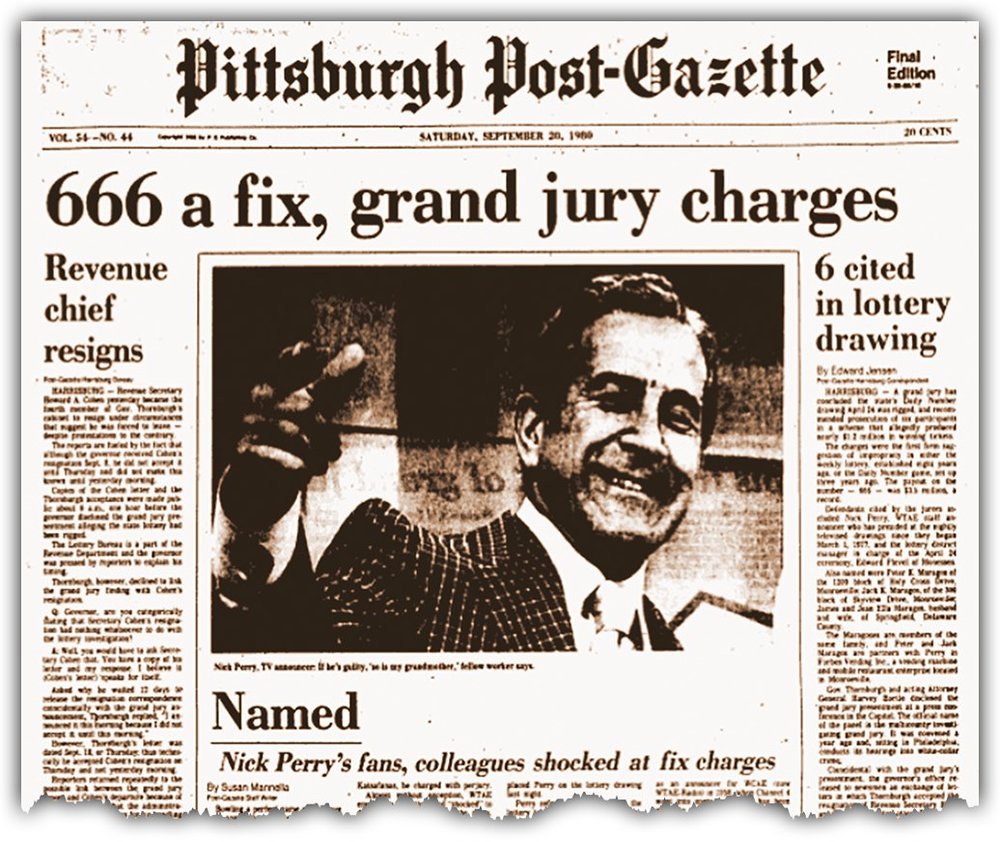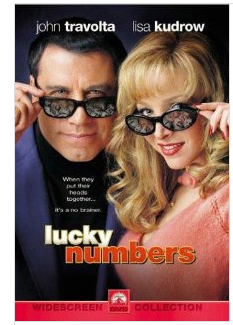If you think all lottery balls are made out of ping-pong balls, wait till you see these pictures
/Few people know what goes on in the drawing of a lottery game. And fewer know about the balls themselves - most people assume they are ping-pong balls.
So let's uncover the myth about what lottery balls are really made of and how they are used.
Security is strict in any lottery game for both balls and machines. Millions of dollars are at stake.
For Powerball, three or four people must be present to even unlock the vault where the $55,000 draw machines and multiple sets of lottery balls are stored.
In order to enter the vault where the balls and machines - called halogens - are kept, three people, each with their own access keys, must enter in unison.
The vault is monitored by two cameras at all times. Seven cameras also monitor every angle of the studio.
And the balls are strictly controlled too - no one can even hold the balls for security reasons.
The balls are made of rubber and can only be touched with gloves to protect them from dirt and grime.
The balls used for any given drawing are chosen randomly.
A Powerball spokesperson said no one knows which machines will be used until 90 minutes before the scheduled drawing when they are taken to the studio.
Despite their appearance, most lottery balls are not painted ping pong balls.
They are made of solid latex or Natural gum rubber and many have been manufactured by the Beitel Lottery Equipment company in Pennsylvania and Smartplay International, New Jersey.

Both the red and white balls are made from latex rubber. Each one costs $60, has a lifespan of two to three years, and weighs around 80 grams.
The lottery balls used must be as close in matching weight as possible. The average difference is a mere three-tenths of a gram.

At the time of manufacture the balls are placed in matched sets and checked for extremely close tolerances of weight and size.
The ball sets are packed in foam-lined, lockable plastic cases.
GAMING THE SYSTEM
There have been many attempts in the past to alter lottery balls for a different outcome.
In Pennsylvania, a group of six including a TV news-reader planned to fix the Daily Number game.

Then, as six million American tv viewers sat transfixed, the lottery balls rolled out of the draw barrel.
Over $3.5 million was at stake, and this 1980 Daily Number game draw was going to make someone very rich.
Unfortunately for the millions of players, it wasn't going to be them. As the balls were called, they were discovered to be the same numbers: 6, 6, 6.
In itself that wasn't unusual, but the way that combinations came out certainly was.

The balls were rigged - covered with latex paint on one side 45 minutes before the draw so that they exited first.

At the time there was no evidence that the draw had been fixed, and so players came forward to claim $1.8 million of the record payout.
But as the numbers seemed too coincidental, suspicions were raised and the hoax was revealed.
Pittsburgh television announcer Nick Perry, 64, and five others were charged, and it led to a massive security shakeup in the lottery world.
The scandal was made into a film, "Lucky Numbers" in 2000, starring John Travolta and Lisa Krudow.









































